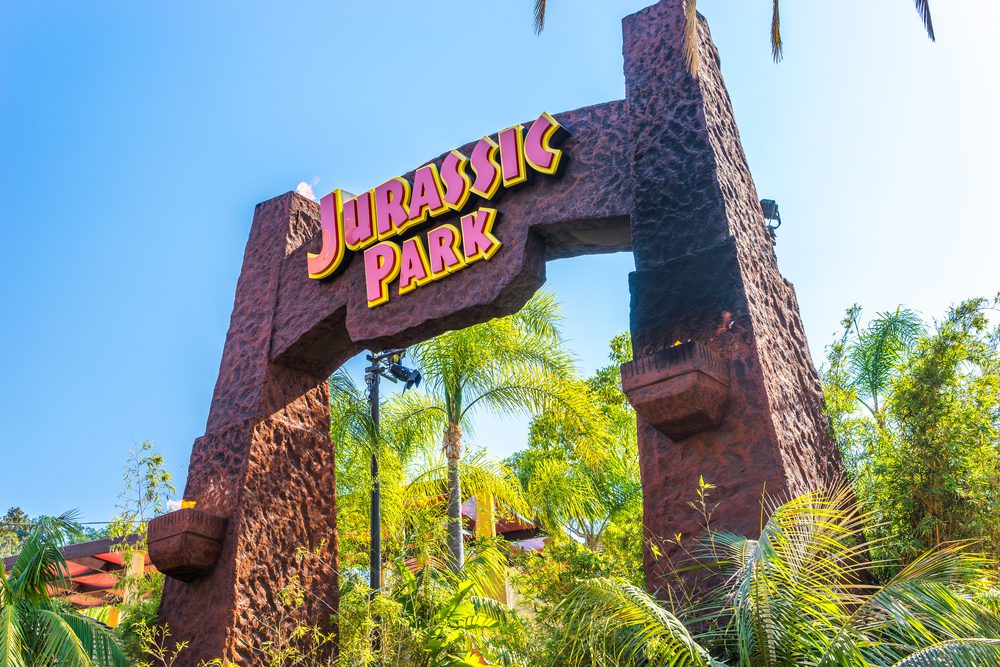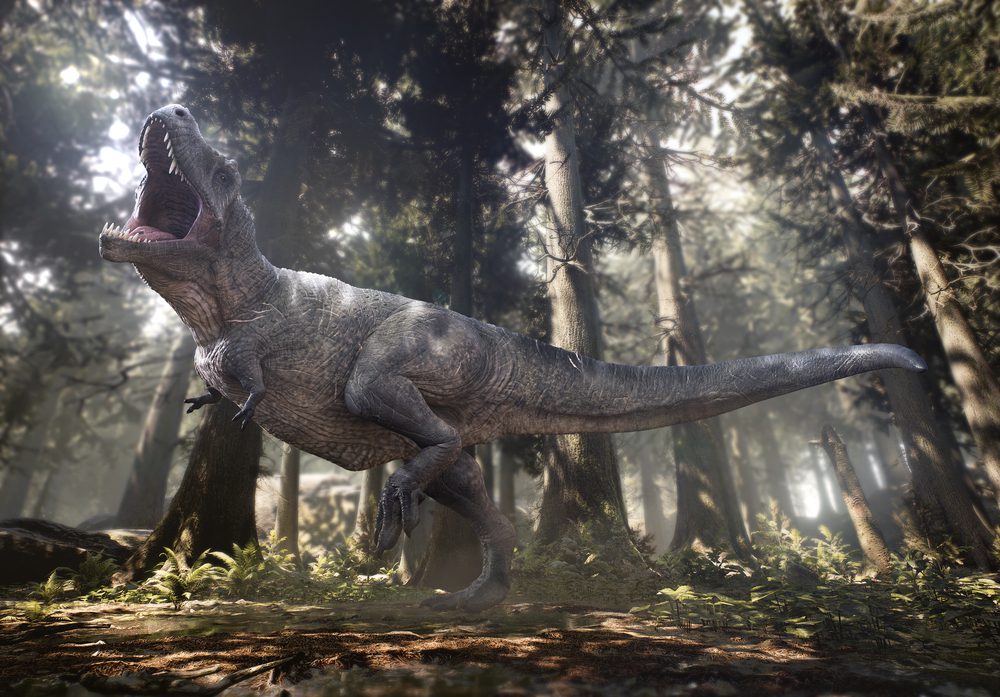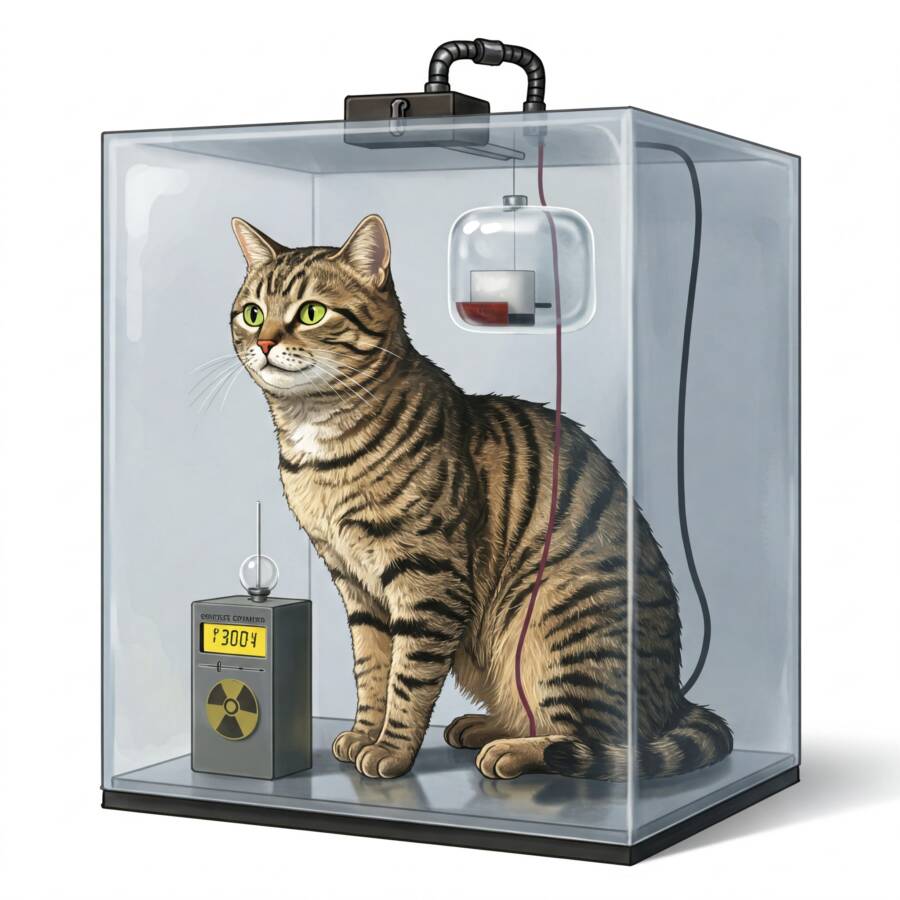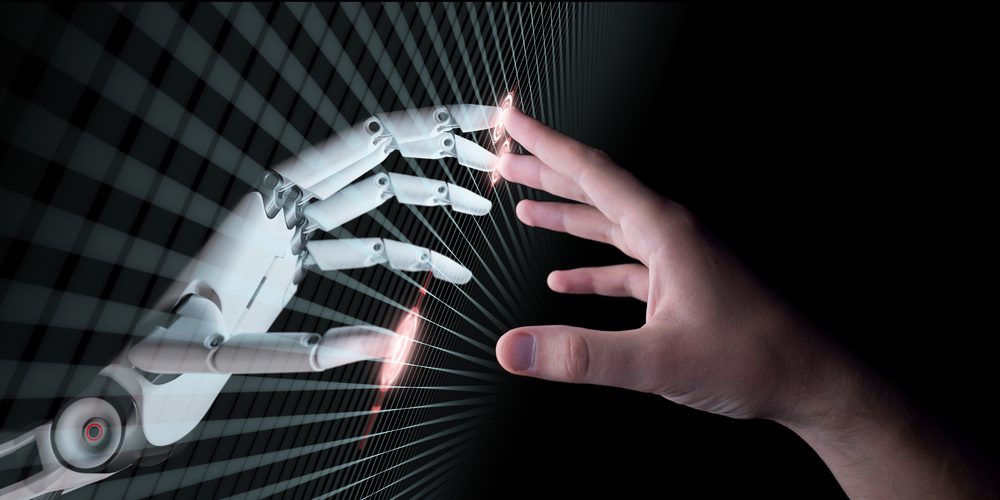Could we build a real-life Jurassic Park?
Welcome to Jurassic Park! As we open the gates to this safari park of previously extinct animals, how would you expect the dinosaurs living behind them to look? If you have watched or read “Jurassic Park,” you may already have the image of a dinosaur in your mind. If you want to see the movie again, Amazon has it!
Your perception may be plagued by the grisly scenes of park rangers becoming meals, or the movie’s famous theme tune may resonate in your head as you imagine long-necked beasts roaming the land.
With a wide range of species, the wonder of this wonderful dinosaur park cannot be denied. But could we build a real-life Jurassic Park?
When Michael Crichton wrote the “Jurassic Park” story somewhere in the 1980s, one of the last things he came up with was perhaps the most significant. How would the scientists of Jurassic Park obtain the DNA needed to create a theme zoo of dinosaurs? This would be the key to the plot, offering the story a feeling of scientific realism.
As far as the Jurassic Park story is concerned, there are two kinds of people. Those who have been truly fascinated by Crichton’s book and others who are terrified by the sheer possibility of it. In which category do you find yourself?
Ever since director Steven Spielberg brought the book to life with his 1993 movie of the same name, there has been one question on many people’s minds: Is it possible to create a real-life Jurassic Park, given the study of DNA and the advancement in science?
In the book, as in the movie as well, scientists use DNA to recreate a variety of dinosaur species, including the fearsome T. Rex, Velociraptor, and Triceratops.

Could a real-life Jurassic Park become a thing?
The classic concept of dinosaur resurrection begins with a DNA-filled mosquito that has been perfectly preserved in amber for millions of years. But is this idea resigned to fiction, or is there a possibility for it to become reality? Could we build a real-life Jurassic Park?
Amber is tree resin that has fossilised due to high temperature and pressure, conditions met when spending thousands of years covered by multiple layers of sediment. Over time the resin harden to turn into a gemstone that has been cherised by humans for a long time.
The dinosaur DNA that could be preserved inside amber-enombed insects is of great interest, as DNA features the genetic information of all living creatures. Could ancient DNA found in amber serve as a genetic blueprint for resurrecting extinct critters?
According to Dr. Susie Maidment, a dinosaur researcher, there are mosquitoes and other biting insects from the time of the dinosaurs that are preserved in amber. However, she points out that when amber preserves things, it usually tends to only preserve the husk and not the soft tissues. In other words, she explains that blood doesn’t get preserved inside mosquitoes.
This means that a real-life Jurassic Park isn’t possible exactly as Crichton wrote it, which isn’t to say that the search for dinosaur DNA ends here. In fact, blood residue has been discovered inside ancient bugs—it just wasn’t found in amber.
Several years ago, experts found a mosquito from the Eocene, an epoch that lasted about 45 million years ago, or about 20 million years after the dinosaurs went extinct. The insect was preserved in lake sediments and had a red color in its abdomen.
When researchers tested that pigment chemically, they found hemoglobin-derived porphyrins, which are the breakdown products of hemoglobin. Hemoglobin is the red protein that carries oxygen through the blood around the body of almost all vertebrates.
According to Dr. Maidment, the idea that we may one day find an insect from the Mesozoic with some components of the blood still preserved isn’t outrageous.
Blood in dinosaur fossils may be the answer to a possible real-life Jurassic Park
Something that is worth mentioning is that finding preserved blood doesn’t always mean that experts will find DNA in it. In other words, even if a reptile’s blood was found inside an ancient biting fly, an opportunity to recreate the dinosaur from it isn’t guaranteed.
In 2005, Dr. Maidment and her colleagues found what they figured out to be red blood cells inside a Cretaceous dinosaur fossil bone. They excluded the possibility of modern contamination. The blood cells they found didn’t have nuclei, which you don’t find in mammals, so they were confirmed to be reptilian red blood cells.
Moreover, the team of experts compared these red blood cells with those from birds, and they showed some morphological similarities. However, when sectioning the cells, they couldn’t find any DNA.
In order to build a real-life Jurassic Park, experts will need dinosaur DNA. Ancient DNA has so far been recovered from permafrost (the frozen layer below Earth’s surface) as well as from subfossils—body parts or bones that haven’t yet fossilized.
However, according to scientists, DNA is vulnerable and breaks down quickly. Water has negative effects, and the sun can also accelerate deterioration. Modern contamination is also a significant issue. Moreover, DNA has to be handled under strictly controlled conditions.
The oldest DNA to have been found so far is about one million years old, although it’s possible that it’s younger. Experts point out that they would need to find DNA 66 times older to get to the age of dinosaurs.

How to make dinosaur DNA
What would happen if dinosaur DNA were found? If you work at Jurassic Park’s genetic engineering facility, you just have to combine it with frog DNA, then recreate an extinct reptile. In Jurassic Park, researchers found fragmented DNA, identified where the gaps were, and then filled them with frog DNA. Would that be possible, and if so, could scientists build a real-life Jurassic Park?
However, Dr. Maidmen explains that the whole process isn’t that easy, as you don’t know exactly where the holes are when you don’t have the whole genome. A genome is the complete set of DNA sequences of a living thing.
Without the entire set, it would be impossible to tell which genetic material had been found and thus impossible to fill the holes to build a whole animal, all the more so to build a real-life Jurassic Park.
But experts also point out another important detail. According to them, even if you had the entire genome and were going to fill the gaps in fragments, you wouldn’t do it with frogs, as frogs are amphibians. You’d use bird DNA because birds are dinosaurs. Or you may do it with crocodile DNA, as they share a common ancestor.

Could we clone dinosaurs and have a real-life Jurassic Park?
Researchers say it’s very unlikely that any dinosaur DNA would remain preserved today. While their bones can survive for millions of years, their DNA almost certainly does not. However, some scientists haven’t stopped searching for it—just in case.
In other words, building a real-life Jurassic Park is off the table, but an alternate method to resurrect the extinct animals would be through reverse engineering. This involves starting with a living critter and going backwards towards ancient reptiles. Basically, the scientists would have to try to reverse at least 66 million years of evolution.
While the idea of building a real-life Jurassic Park may sound thrilling to some, experts point out that recreating dinosaurs or any other extinct creature can raise some ethical dilemmas. The animal isn’t going to recognize anything in this world if it’s brought back. Where do we put it, and what is its function?
Any attempt to bring back dinosaurs presents many ethical and scientific caveats. Putting them in a real-life Jurassic Park is likely not the answer.
What we can say in conclusion is one particularly worthwhile point Dr. Malcolm himself made in Jurassic Park, and that’s that “just because you can doesn’t necessarily mean that you should.”
If you liked our article about a real-life Jurassic Park, you may also want to read 8 Traits YOU Share With Chimpanzees (According to Science).














